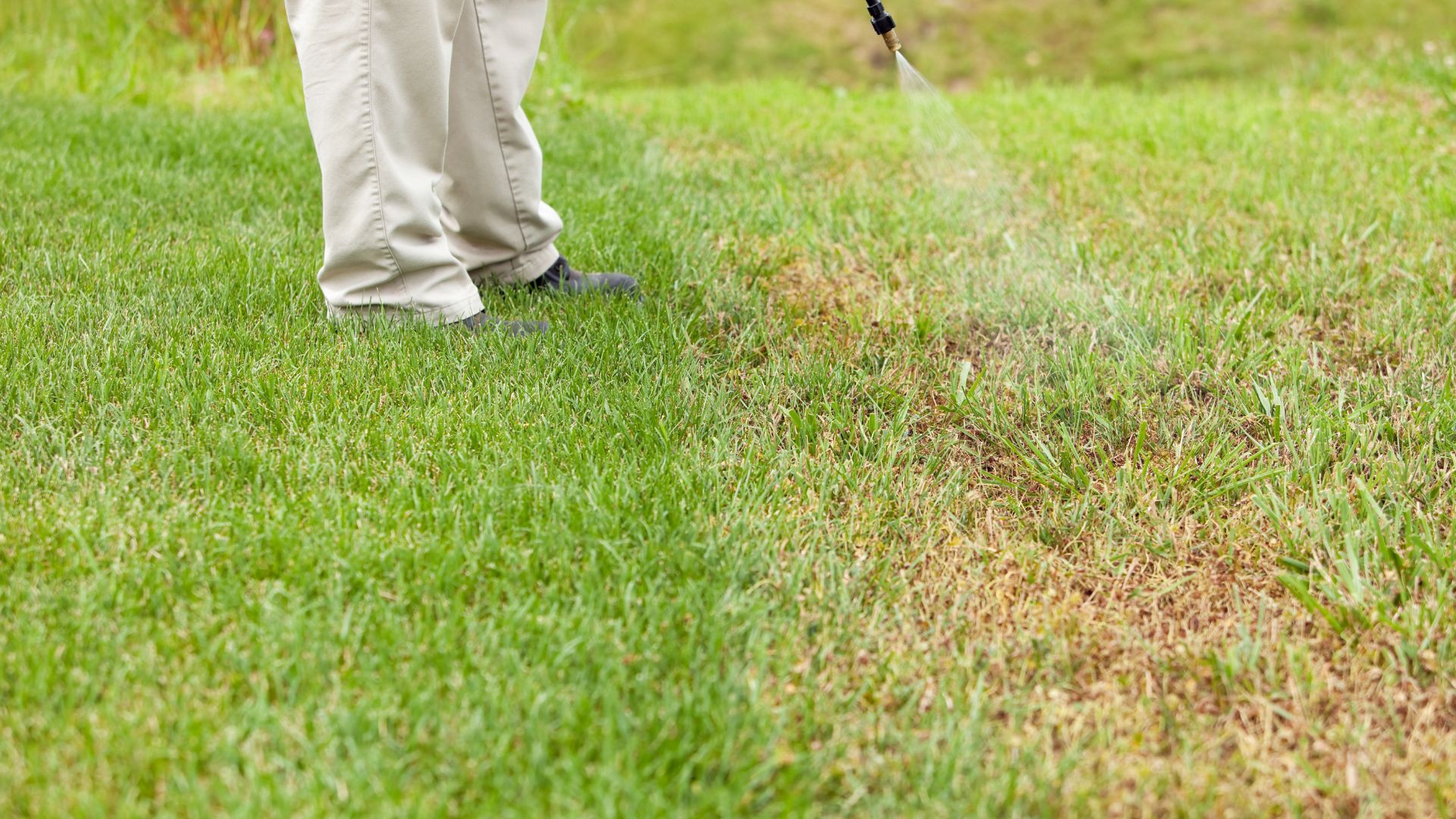Spray-on lawn color is a product that is commonly used to quickly and temporarily change the color of grass. While it may seem like a convenient solution for enhancing the appearance of your lawn, it is important to consider the potential negative effects that can arise from using this product. Here are some of the drawbacks associated with spray-on lawn color:
Environmental Impact:
One of the main concerns with spray-on lawn color is its environmental impact. The chemicals used in these products can have detrimental effects on the ecosystem. When the colored grass is watered or when it rains, the chemicals can leach into the soil and eventually make their way into nearby water sources, such as rivers or lakes. This can result in water pollution and harm aquatic life.
Health Risks:
Spray-on lawn color contains various chemicals that can pose health risks to humans and pets. These chemicals can be inhaled or absorbed through the skin, potentially leading to respiratory issues, skin irritation, or allergies. Some of the ingredients in these products may even be toxic if ingested. It is important to follow safety precautions and avoid direct contact with the colored grass.
Temporary Solution:
While spray-on lawn color can provide a quick fix for a dull or patchy lawn, it is important to note that the effects are temporary. The color will fade over time, especially with exposure to sunlight and regular watering. This means that you will need to reapply the product frequently to maintain the desired appearance, which can be time-consuming and costly.
Damage to Grass:
The chemicals in spray-on lawn color can potentially damage the grass itself. Overuse or improper application of the product can result in the grass becoming weak, thin, or even dying. This can create long-term damage to your lawn and require additional efforts to restore its health.
Inconsistent Results:
Achieving a uniform and natural-looking color with spray-on lawn color can be challenging. Factors such as uneven application, variations in grass texture, and exposure to different weather conditions can result in an inconsistent appearance. This can make your lawn look artificial and detract from its overall aesthetic appeal.
Negative Impact on Soil:
The chemicals in spray-on lawn color can alter the pH balance of the soil, affecting its fertility and nutrient levels. This can hinder the growth of other plants and vegetation in your garden or yard. It is important to consider the long-term impact on soil health before using spray-on lawn color.
While spray-on lawn color may offer a quick and temporary solution to enhance the appearance of your lawn, it is important to be aware of the potential negative effects. Consider the environmental impact, health risks, temporary nature of the color, potential damage to grass, inconsistent results, and impact on soil health before deciding to use this product. Exploring natural alternatives or addressing any underlying issues. Lawns in their dormant state will green up naturally when warmer temperatures set in.

